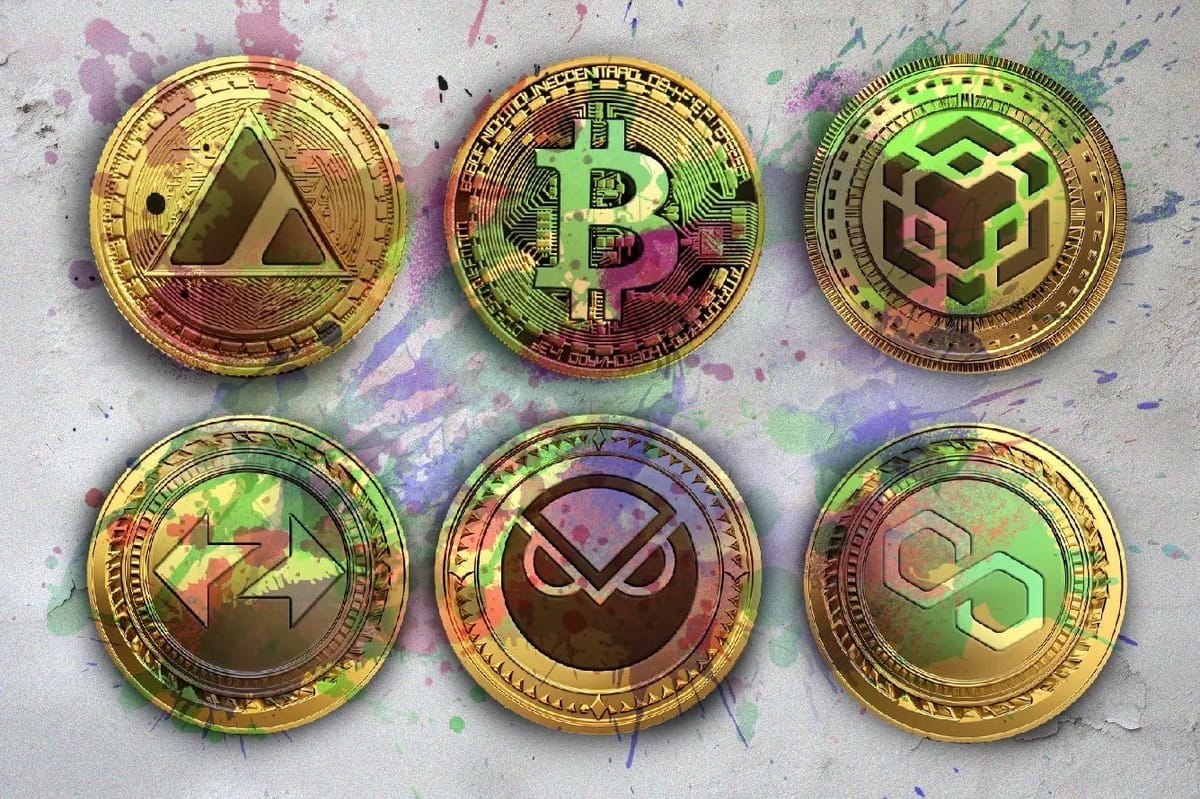
While some may have viewed Ordinal inscriptions as solely a Bitcoin-related problem/innovation, recent developments have proven otherwise. This trend is rapidly expanding to other chains, causing significant network issues.
Similar to Bitcoin, Ethereum’s EVM allows for the inclusion of non-financial and various data types into its blockchain as 'calldata', provided the file size does not exceed 96KB.
EVM chain inscriptions embed data in transaction calldata, offering functionalities akin to smart-contract-based ERC20s and NFTs. Currently, it is mainly used for images, but there is potential for future expansion.
Recently, the EVM chains’ gas spending on inscriptions hit record highs. On the Avalanche C-Chain, it accounts for over 60% of total gas usage, and on the BNB Chain, it is over 39%.
Avalanche experienced the largest surge in inscriptions – 87% of all transactions in the last 24 hours involved inscriptions, followed by BNB and Gnosis chains. This has led to spikes in gas prices and network load, challenging the EVM chains’ hallmark of low-cost transactions.
Source: dune.com
While Avalanche has managed the increased transaction volume well, the same can not be said for Arbitrum, which went offline for 78 minutes due to the overload. According to an official statement, the sequencer stalled amid a significant surge in network traffic.
Despite the growing excitement surrounding inscriptions, many developers remain skeptical, expressing concerns about the potential issues they may pose for blockchain networks.
…inscriptions are achieving what everyone wanted but not the way it was imagined. they are filling block space at an unexpected rate (throttling multiple chains).
Minting inscriptions is extremely cheap compared to smart contract transactions. This has resulted in bots overloading networks with transactions.
It’s fascinating to witness that a few bots are taking down multi-billion dollar chains.
Moreover, inscriptions appear to be a step backwards, moving computation off-chain, contrary to the EVM’s design for supporting smart contract logic.
Inscriptions go against every EVM design decision, with gas costs being the only benefit, at the expense of indexing, non-compatibility, and integration challenges.
This results in increased fragmentation and reliance on indexers. Additionally, there is virtually no composability with inscriptions.
Although inscriptions raise numerous questions and concerns, the excitement surrounding them appears to be just beginning, meaning that they are likely to pose even more challenges for EVM chains soon.

